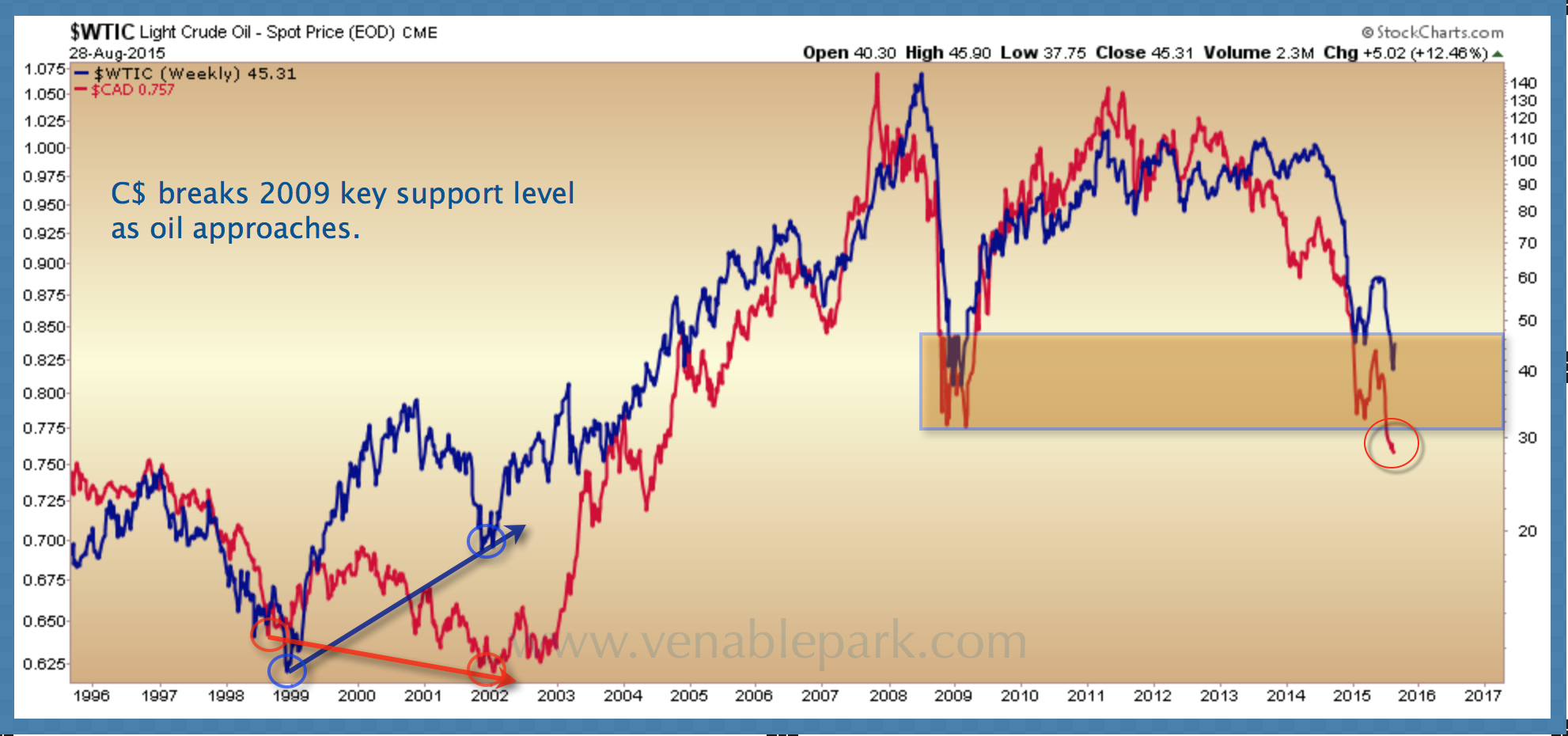Yesterday we saw the US Department of Justice issue a guideline to its prosecutors reminding that the law requires them to find individuals guilty as directing minds behind corporate crimes. Like DOJ lawyers needed a reminder of this basic premise of the Rule of Law! This has always been the law, but has not been the practice for many years now. Hence we have lived through an era where corporate crimes (especially in finance) have been settled for cost-of-doing business fines and no meaningful deterrence whatsoever. Far from it, criminal actors within large corporations have been emboldened and handsomely paid for their efforts over the last decade.
Today we are reminded of similar largess from the Internal Revenue Agency which has incented the ‘craze’ of corporations using cash and borrowed cash to buy back their own shares over the past few years. See the detailed paper out of Yale Law School carefully laying out the facts behind this misapplication of US tax law that has helped drive social inequality and destabilizing mal-investment/speculation for years now: How the IRS wrongly allows stock buybacks to evade dividend tax:
In 1976, the Internal Revenue Service (IRS) took the stance that public companies may evade the dividend tax through stock buybacks so long as at least one shareholder elects not to participate in the buyback. The IRS has since overlooked $5.7 trillion in dividends disguised as buybacks — $553 billion in 2014 alone.
The IRS’s stance on buybacks is not as well-founded as presumed by the tax bar. This Article walks through three approaches to statutory interpretation — textualism, public interest, and substance over form. Each yields the same conclusion: The IRS is wrong.
First, we apply a textualist lens to show that the IRS misconstrues the Internal Revenue Code (Code) to establish different standards for minority and majority shareholders. In all cases brought before the judiciary, courts rejected the IRS’s stance — holding that minority shareholders are just as capable of receiving disguised dividends as majority shareholders.
Second, we propose a theoretical model to demonstrate that the IRS’s stance is contrary to public interest. This stance distorts corporate capital allocation — encouraging shareholders to take excessive risk in exchange for tax deferral, reducing liquidity for retirees, and entrenching CEOs to the detriment of shareholders.
Third, we show how the IRS’s stance elevates form over substance by disregarding shareholders’ waiver of their right to equal participation in buybacks. We draw on empirical finance research to demonstrate that buybacks indeed function as disguised dividends, motivated by tax avoidance alone.
In doing so, we hold the IRS accountable and uphold the integrity of the Code.
For a quicker summary see, The True Reason for stock buybacks: And this illuminating chart of share buybacks since 1946.

On the upside, reversing this mess doesn’t require an act of the captured Congress, but merely enough public outrage to prompt a directive from the IRS to its officers to start correctly enforcing the long-standing US tax law.



